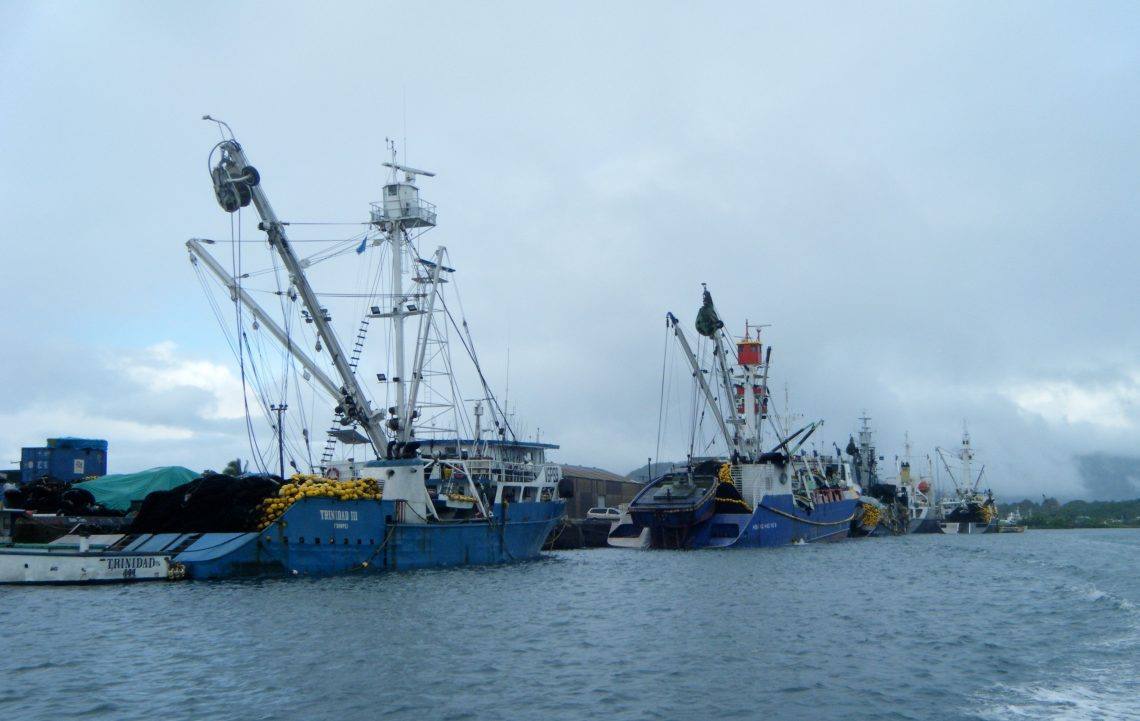BY ALEX DADAMU
WITH the change in temperatures between the ocean and atmosphere in the east-central Equatorial Pacific and the push of the eastern pacific warm waters to the western pacific waters where the Solomon Islands is located, tuna stocks are anticipated to move back into Solomon Islands Exclusive Economic Zone (EEZ).
According to Weather experts from the Pacific Meteorology desk and the Solomon Islands Meteorology Service (SIMS), the event is called a La Nina event.
According to Harold Vilia, Fisheries Officer of the Ministry of Fisheries and Marine Resources, Solomons EEZ has been inactive with Purse Seine fishing operations in the past 3 years and revenue from the tuna sector was on a decline.
However, due to the La Nina event, the pacific is experiencing at the moment, revenue collected through licenses is set to hit an all-time high this fishing season as more fishing days are being sold to major fishing nations.
Mr. Vilia told Environmental Media SI, that the licensing section in the Ministry of Fisheries has experienced an increase in the number of requests from bilateral partners asking for more fishing days because of the high yield expected this fishing season in the Solomon Islands EEZ.
“We will be experiencing a high concentration of Purse Seine fishing operations in our EEZ, high trans-shipment activities in Honiara and Noro, more revenue gained and many more direct and indirect benefits from the tuna industry.
“It is anticipated with the increase in fishing activities, residents of Honiara will be expecting to see more boats in the harbor during the first quarter of 2021.
“Purse Seine vessels are now entering the country’s EEZ to search and check for tuna schools,” Mr. Vilia said.
He further said that given the current pandemic, the tuna fisheries sector is anticipated to be the main driver of the economy while the country race with the uncertainties of COVID-19.
According to SPREP, La Niña is Spanish for “little girl,” and is a name given to the large-scale cooling of sea surface temperatures across the central and equatorial Pacific Ocean. It is one part of the larger and naturally occurring ocean-atmosphere phenomenon known as the El Niño/Southern Oscillation or ENSO (pronounced “en-so”) cycle. La Niña conditions recur every 3 to 7 years and typically last from 9 to 12 months up to 2 years.
One of the strongest La Niña episodes on record was that of 1988-1989 when ocean temperatures fell as much as 7 F below normal. The last La Niña episode occurred during late 2016, and some evidence of La Niña was seen in January of 2018.




